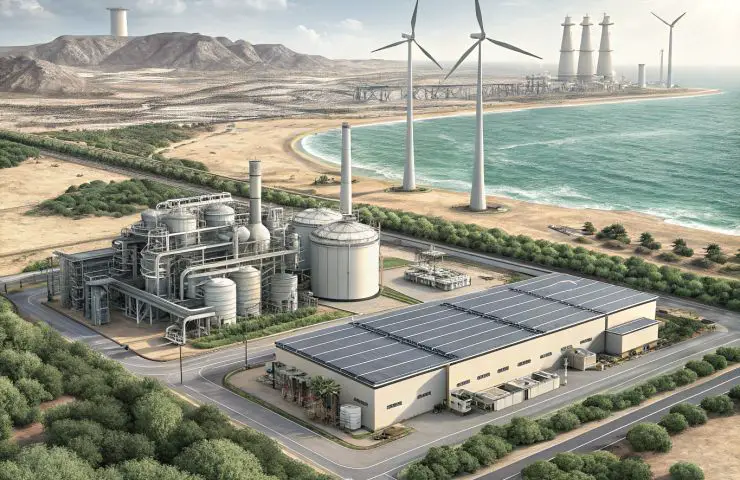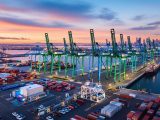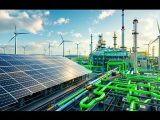
Green Hydrogen Push: Repsol’s 100 MW Electrolyzer at Cartagena Refinery
October 16, 2025On October 3, 2025, Repsol SA and Enagás Renovable SA got the green light to set up a 100 MW renewable hydrogen electrolyzer at the Cartagena refinery in Murcia, in Spain’s southeast. Backed by a €155 million grant from IDAE under the Recovery and Resilience Plan and tagged as an Important Project of Common European Interest (IPCEI) by the European Commission, this plant is slated to kick off 15,000 tonnes of green hydrogen production every year starting in 2029.
Key Takeaways
- 100 MW electrolyzer powered by renewable electricity using electrolysis to split H₂O into H₂ and O₂.
- 15,000 tonnes/year of green hydrogen displacing grey hydrogen in refinery processes.
- €155 million grant from IDAE via Spain’s Recovery, Transformation and Resilience Plan.
- 167,000 tonnes CO₂ saved annually—around two-thirds of Spain’s 2024 EV fleet emissions.
- 900 jobs created during construction and commissioning.
- 75% stake held by Repsol; 25% by Enagás Renovable.
Technical Highlights
At the core of this project is a 100 MW electrolyzer that uses electrolysis to turn water into clean hydrogen—key to ramping up sustainable hydrogen production. Fueled by regional solar and wind farms, the electrolyzer will feed pure green hydrogen directly into Repsol’s industrial processes at Cartagena, dramatically cutting down on fossil-derived feedstocks and slashing CO₂ emissions.
Strategic Impact
This venture is a milestone in Spain’s national hydrogen roadmap, aiming for 4 GW of electrolyzer capacity and 25% renewable hydrogen in industry by 2030. For Repsol, it represents a major shift from grey to green hydrogen, cementing its role as Iberia’s leading hydrogen producer (around 60% of Spain’s output). Meanwhile, Enagás Renovable brings expertise from over 20 renewable gas projects, and the strong public support underscores the country’s push for industrial decarbonization.
Economic and Regional Benefits
The Cartagena project will unlock over €300 million in total investments and generate about 900 direct and indirect jobs during its build phase. It anchors the Murcia Hydrogen Valley, fortifying local supply chains and positioning the region as a next-gen green hydrogen hub. With a reduction of 167,000 tonnes of CO₂ every year, it also moves Spain and the EU closer to their climate targets.
Looking Ahead
Beyond powering the refinery, the partners plan to hook the electrolyzer into Spain’s future Hydrogen Backbone pipeline and existing gas grid, broadening markets for clean hydrogen across transport, chemicals and power generation. Challenges remain—from scaling renewable electricity to nailing down tariff structures—but this landmark project shows how robust hydrogen infrastructure and savvy funding can fast-track industrial decarbonization. As green hydrogen costs continue to fall, Repsol and Enagás Renovable prove that big-scale investment in clean energy isn’t just doable—it’s a smart move for the planet and the economy.



 With over 15 years of reporting hydrogen news, we are your premier source for the latest updates and insights in hydrogen and renewable energy.
With over 15 years of reporting hydrogen news, we are your premier source for the latest updates and insights in hydrogen and renewable energy.